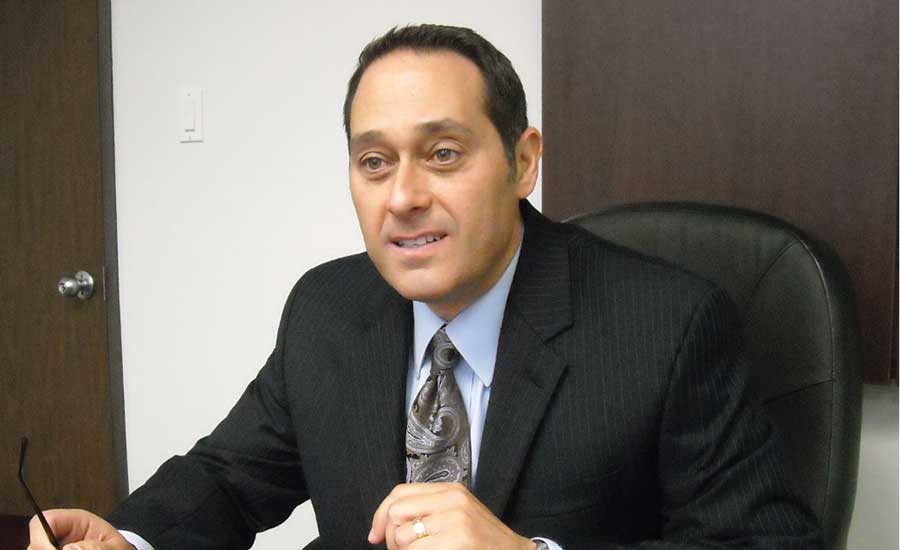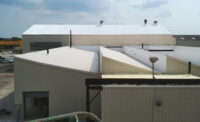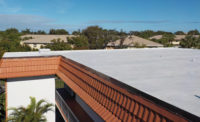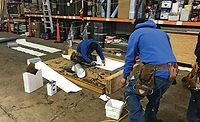When people think of spray polyurethane foam (SPF), envelope insulation often comes to mind first, as awareness of the energy efficiency benefits of the material have surged in recent years and accelerated insulation applications in tandem. However, spray foam was first proven as a viable, high performance material for roofing retrofits and this is where the product initially built its reputation for durability and energy performance.
While spray foam in insulation has taken center stage over the past couple decades, industry participants never actually stopped promoting foam roofing. They simply amplified their promotion of the material for insulation. This led to sales of SPF for roofing applications never quite increasing to the expected level. But 2018 just may prove the pivotal tipping point for spray foam roofing sales, for a few key reasons.
Huge Weather Events of 2017 Are Pushing Demand
2017 brought storms so intense and destructive that left both consumers and the construction industry wondering how best to rebuild, especially to ensure resiliency in the future. Hurricanes Harvey, Irma and Jose shone a spotlight on both the destruction that can occur and the need for better built homes and structures with a much higher chance of surviving intense wind, rain and flooding. As a major component of the structure, roofing materials are a focal point of the rebuilding efforts occurring where these hurricanes decimated structures. Materials with the ability to withstand wind uplift and protect buildings from water intrusion are expected to experience a large spike in sales in these areas. Spray foam roofing is one such material.
Economic Growth is Fueling Construction of Regional Distribution Centers
The economy continues on the uptick, with population growth, job growth and strong retail sales driving the need for an increased number of, and expansion of current, regional distribution centers. Additional factors, such as the monumental shift of consumer spending away from brick and mortar toward online retailers, and the growing expectation among consumers for speedy delivery of goods and groceries, are also major catalysts for the growth in regional distribution centers. The industrial structures that comprise these hubs are large and often require optimized temperature control, especially because of perishables housed within them. Thus, they are ideally suited for spray polyurethane foam roofing and are expected to push sales and applications of the product upward in 2018.
The Spike in Insulation Applications of SPF has Increased Interest in Roofing Applications
While insulation applications for both open-cell and closed-cell spray foam systems have been climbing significantly over the past two decades, they have ironically begun to refocus attention back onto spray foam in roofing. SPF insulation has dramatically improved awareness of the energy efficiency benefits of the material. And the focus of sustainability in construction at-large has shifted toward energy solutions, including both energy generation and energy conservation (the latter of which spray foam roofing excels in). With spray foam roofing acting simultaneously as a protective roofing material and as a high-performance insulator, the material is being re-recognized for its energy performance and sales are beginning to climb.
While it’s hard to predict exactly what the sales projections will be for spray foam roofing in 2018, the general feeling among industry participants is that this year will bring positive growth, with these considerations among the primary drivers.




Report Abusive Comment